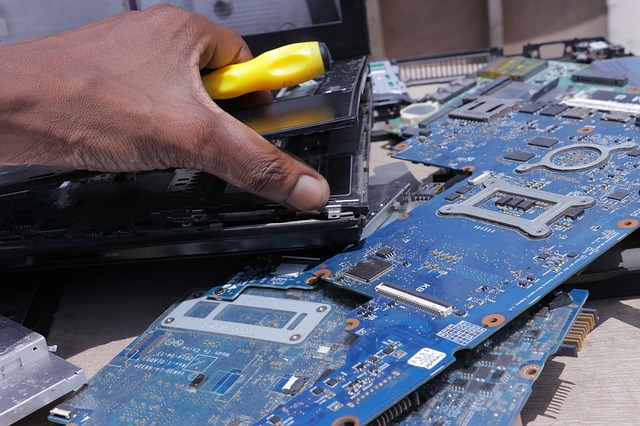Data loss can be an absolute disaster, particularly if you are a large company that relies on effective data management and analysis. Those who understand the issue and look for adequate solutions will rather use a data recovery tool, something like Disk Drill. However, there are users who use the weirdest methods to make hard disc work. The most popular myths are connected with a freezer, a hammer, and even a microwave. If you are going to use one of them, stop immediately and read this before you kill your hard disc.
Myth #1: Freezing your hard disc will make it work again
Well, this myth is based somehow on a common belief that if something overheats, you can just cool it down and it will be fine again. There are many users who try to apply the same principle for a hard drive.
When the hard disc overheats, the read and the write mechanical arm can malfunction due to heating. So, many users believe that if you freeze the hard disc, the read/write mechanism will contract and then expand again to its original size once you take it out of the freezer. Hence, the read and write head should return to its initial location, as well. And hence, the disc will work again.
The truth: Freezing is a sure way to kill your hard disc forever and putting your hard drive in the freezer to recover data is definitely not something you should be doing.
The truth is that the read and the write head are factory pre-calibrated with the highest accuracy level. If the read and the write head gets displaced, you cannot adjust it manually. As a result, freezing it won’t work at all.
Myth #2: Replace the damaged circuit board and the disc will work again

Many users believe that if the circuit board of a hard disc is damaged, the easiest solution is to replace it. At face value, this sounds pretty logical, right? However, not everything that sounds logical will actually work.
The truth: First of all, one needs special skills and tools to replace the circuit board correctly. But even if you have both skills and tools, you might have difficulties finding a compatible circuit board. In most cases, even very similar models might have very small details that are different. Hence, the new circuit board might not help not only because of your skills but because of the disc features. In essence, the chances of finding an exact replica circuit board are actually very minute.
Myth #3: It is quite possible to repair a hard disc
Many users believe that repairing a hard disc is not simple, but is possible. In the worst case, you might need just to take it to a specialist, and he/she will definitely repair the hard disc, even though it might be not cheap.
The truth: There are some sensitive elements inside, such as the reading and the writing head, a motor, a magnetic platter and some more. Fixing them is, in most cases, practically impossible. Replacing them is also connected with a lot of complications, to such extent, that it’s much easier to just buy a new hard disc rather than repairing a broken one. In some cases, you can still recover data from the hard disc and transfer it to your new drive.
Myth #4: A DIY approach will most likely work

Many users believe that there is no issue if they open a damaged hard drive and even try and solve the problem themselves.
The truth: Every hard disc is a complex device that has some highly precise details. Even touching them might cause irreversible damage to them. If you try to “fix” them, you might damage even those that still function, hereby minimising any chance of being able to recover any of the data on the device.
All this information is supposed to lead you to the only correct conclusion: whenever you have problems with your hard disc, don’t delay. Bring it to a specialist immediately to assess the level of damage and devise a strategy to recover the data if needed. This is particularly important if the data is sensitive and could be detrimental if it was made public. And never try to fix the device on your own, otherwise, you might make data recovery impossible.


